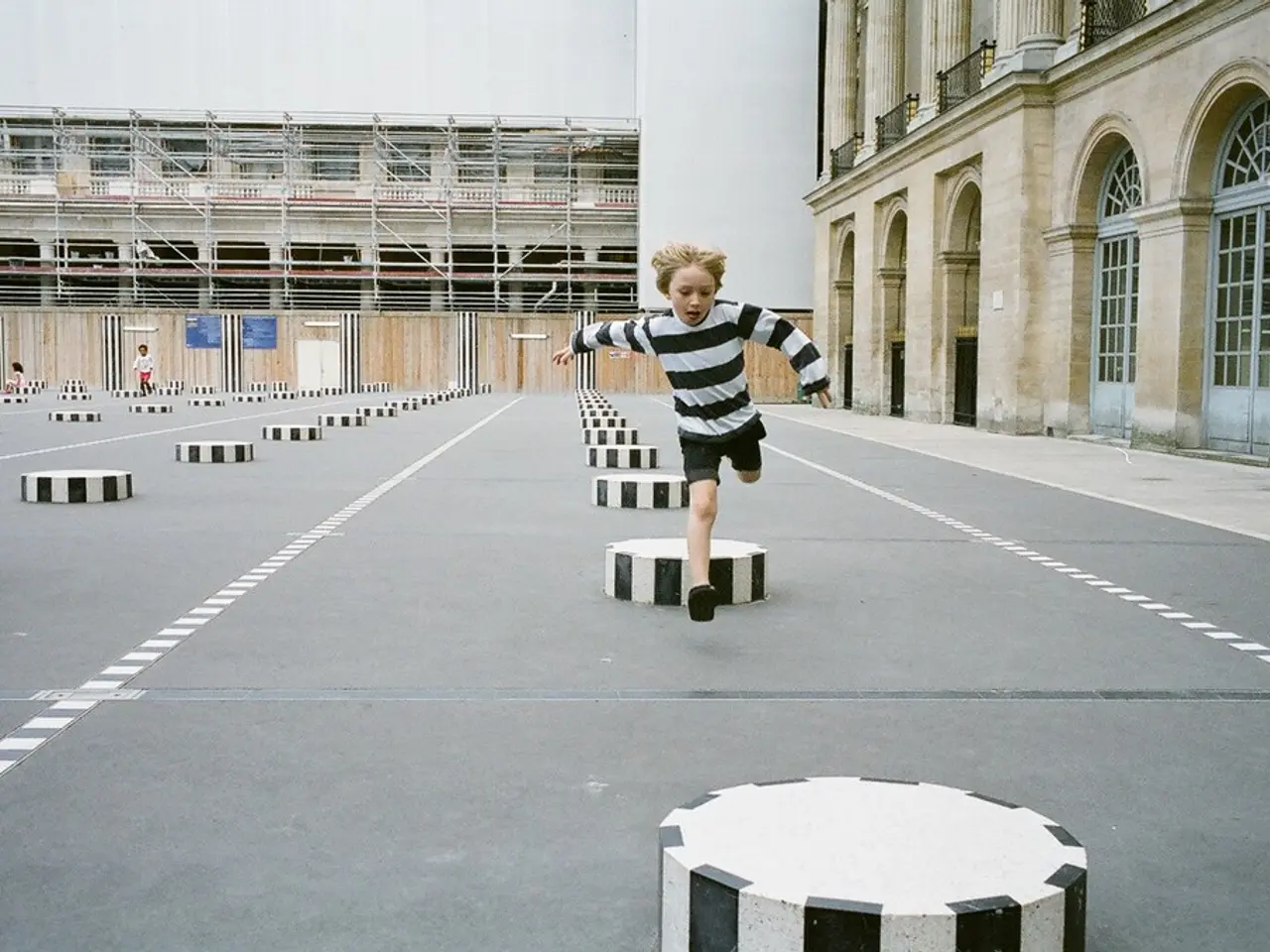Cultivate Creativity and Self-Expression through the Reggio Emilia Method
In the heart of Italy, the city of Reggio Emilia has become a beacon for progressive early childhood education, thanks to the vision of educator Loris Malaguzzi. The Reggio Emilia approach, developed in the 1940s, is now gaining recognition worldwide, with institutions like Museo dei Bambini in London embracing its principles.
At the core of this approach lies the belief that children possess multiple ways of communicating and understanding the world, a concept known as the "100 languages of children." This idea signifies the diverse ways children express their thoughts, ideas, emotions, and creativity, beyond just spoken or written language. These "languages" can include drawing, sculpting, dramatic play, movement, music, and many other forms of expression.
Museo dei Bambini, with its immersive exhibits, embodies this philosophy. The Light Painting exhibit, for instance, allows children to "paint" with light in a darkened room, discovering how light interacts with time, space, and movement. The Pixel Play exhibit, on the other hand, invites children to build large-scale mosaics using colored blocks or discs, blending design, spatial reasoning, and artistic expression.
The museum's exhibits are designed to offer materials and spaces that encourage children to express, invent, and imagine in their own way. In Mini Mart and Garden Ville, children engage in role-playing activities that support imaginative storytelling, emotional development, and symbolic thinking. The Flip & Shine exhibit lets children explore symmetry, inversion, and kaleidoscopic effects through mirrored installations.
In a Reggio-inspired environment, educators act as co-learners and guides, facilitating children’s self-directed exploration without judgment, supporting their development across many dimensions. Teachers document the learning process and provide provocations to deepen thinking. They slow down, listen, and invite children to express their thoughts and ideas, rather than pushing them to learn.
Research supports the effectiveness of this approach. A study by researchers at the University of Cambridge found that teaching empathy through arts-based learning not only improves children's creative abilities but also fosters critical thinking, self-regulation, and emotional awareness. Another study in Frontiers in Psychology found that arts-based exploration improves neural connectivity in children and promotes flexible thinking skills.
Long-term evaluations have shown that individuals who attended Reggio-inspired preschools demonstrated significantly stronger socio-emotional skills in adolescence compared to peers who received no formal early education. This approach, therefore, seems to foster a deeper sense of self, creativity, and a lifelong love of learning.
For parents, the emotional richness of the exhibits at Museo dei Bambini is evident. They note that their children bring their inner world to the surface through open-ended experiences. The museum, in its commitment to the Reggio Emilia approach, provides a space where children's thoughts, ideas, and emotions can flourish.
Resources for learning more about the Reggio Emilia approach include the Reggio Children Official Website, Project Zero - Visible Thinking at Harvard, The Hundred Languages of Children, and Creativity in Early Childhood - Cambridge Bibliography on Creativity and Learning. As more institutions adopt this approach, the "100 languages" of children are finding a wider audience, offering a more holistic and inclusive approach to early childhood education.
At Museo dei Bambini, the museum embodies the Reggio Emilia approach by offering learning opportunities that foster children's personal growth and education through self-directed exploration, using various artistic expression methods such as light painting, mosaic building, role-playing, and symmetrical exploration. This museum, inspired by the 100 languages of children, encourages children's development by valuing their diverse ways of communicating and understanding the world, supporting their emotional development and creative thinking skills.




